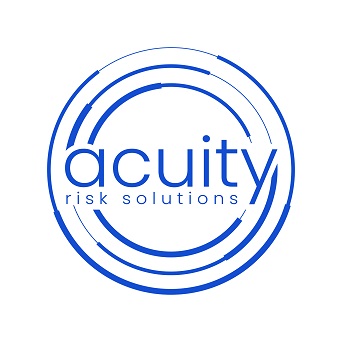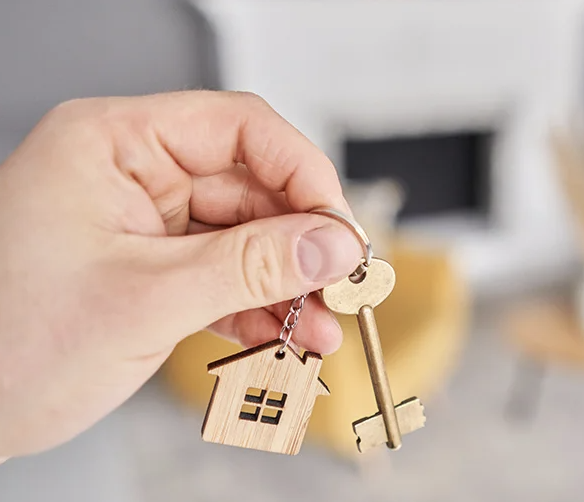Property Investment Australia: Know the True Cost
With nearly 2.25 million Australians owning investment properties, property investment in Australia remains a major strategy for building long-term wealth. But while the returns can be rewarding, the true cost of property investment goes far beyond the purchase price. From upfront charges to ongoing fees, it’s important to understand the full picture so you can manage your finances wisely and protect your investment.
One-Off and Upfront Expenses
Getting started in the Australian property market comes with significant entry costs:
-
Stamp Duty: This state-based tax is one of the largest upfront expenses. In Victoria, for example, it’s approximately $21,970 on a $500,000 home.
-
Conveyancing and Legal Fees: Expect to pay $500–$2,200 for professional legal assistance in transferring property ownership.
-
Lender’s Mortgage Insurance (LMI): Required if your deposit is under 20%.
-
Inspections: Building and pest inspections are essential to avoid surprise repair bills.
-
Mortgage and Loan Setup Fees: Includes government registration fees and lender charges.
-
Buyer’s Agent Fees: Generally 1.5–2.5% of the purchase price.
Upfront costs vary by state—Victoria is currently among the most expensive for property investors due to its stamp duty and land tax rates.
Monthly Costs That Eat Into Rental Income
Your monthly financial obligations as a landlord can significantly affect your net return:
-
Mortgage Repayments: Choose between interest-only and principal-plus-interest options.
-
Property Management: Agents typically charge 5–8% of weekly rent.
-
Rates, Taxes, and Utilities: Includes council rates, land tax, and water charges.
-
Strata Fees: For units or townhouses, these can increase annually.
-
Vacancy Costs: Budget for 4 weeks without rental income each year.
-
Maintenance and Upgrades: Necessary to retain tenants and value.
-
Advertising and Admin: Costs recur whenever a tenant moves out.
The Importance of Insurance
Landlord insurance is essential for protecting your investment from tenant-related risks, property damage, or legal claims. Strata properties often include building insurance, but always check coverage limits.
Managing Cash Flow and Tax Effectively
Track every expense with a cash flow spreadsheet or digital tool, and build a 5–10% emergency fund to cover surprise costs. Many expenses—like interest, insurance, and maintenance—are tax deductible, so consult with a property-savvy accountant.
Protecting Your Property Investment in Australia
With a clear understanding of the actual costs involved, you’ll be better positioned to maximise returns and minimise risks. Need help reviewing your insurance, budgeting, or strategy? Our team can guide you through the details to help protect and grow your investment portfolio.
If you’d like to read more about Australian property investors CLICK HERE, or contact us today.

